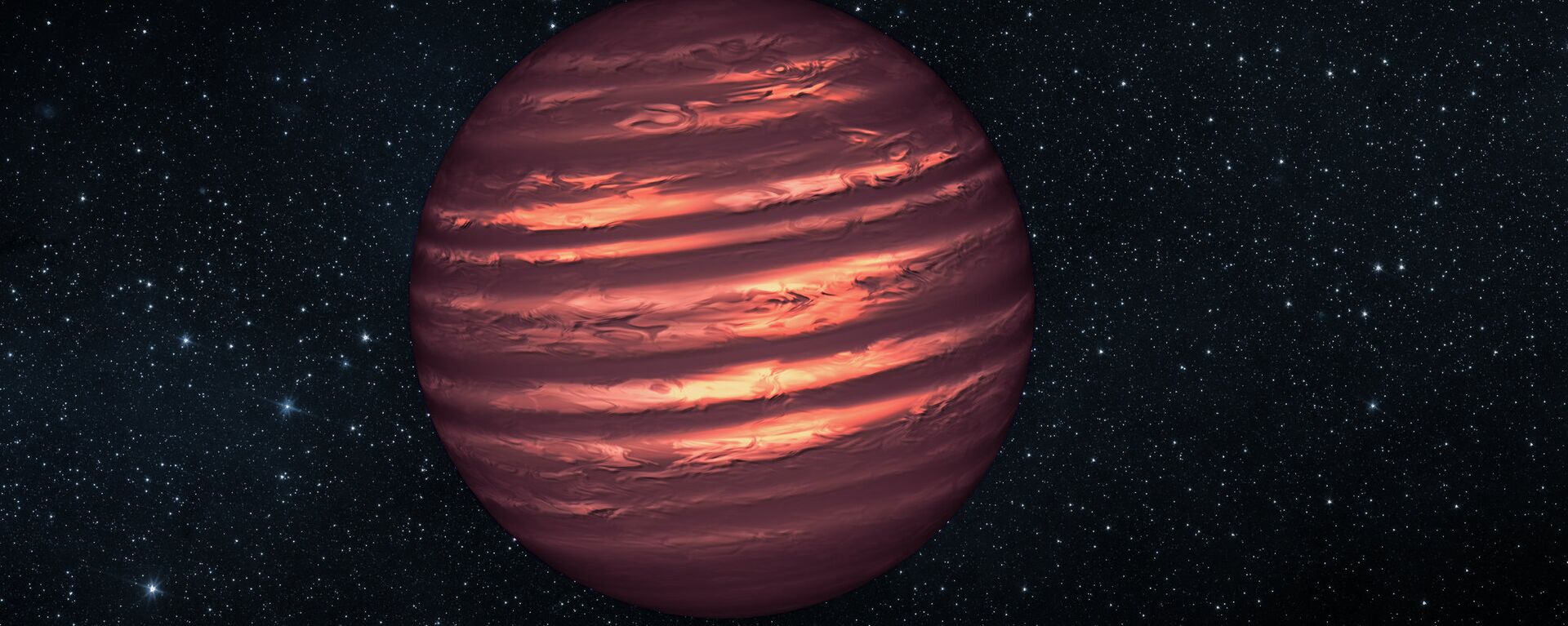Photo: Astronomers Spot Erupting Water Geyser on Saturn’s Moon Enceladus

© Photo : NASA/JPL-Caltech/Space Science Institute
Subscribe
Although most of the solar system’s planets and moons are inhospitable places, a handful of worlds have been selected by astronomers as likely candidates for hosting life. Two of Saturn’s moons, Titan and Enceladus, are on the list, despite their great distance from the Sun.
Astronomers watching Saturn’s moon Enceladus have made a rare discovery: a huge plume of water vapor erupting from its south pole. The geyser was reported to be more than 6,000 miles high, pumping an Olympic-sized swimming pool’s worth of water into space in a couple of hours.
Enceladus’ water geysers are not themselves news: they have long been known to be the source of Saturn’s diffuse E ring, the outermost of its famous ring system.
However, this was the largest such eruption ever observed by humans.

Image of the water geyser plume observed on Saturn's moon Enceladus by the James Webb Space Telescope in November 2022, with an insert of the Cassini spacecraft's photo of Enceladus
© NASA
The plume was spotted in photos of the moon taken by the James Webb space telescope (JWST) last November.
“We were really impressed [by] how big and extended it was,” said study co-author Geronimo Villanueva, a planetary scientist at NASA’s Goddard Space Flight Center in Maryland. “We were not sure what to expect.”
Enceladus is not the solar system’s largest moon by any standard. At just 310 miles across, it’s just 14% the size of Earth’s moon. However, it’s considered one of the prime candidates for hosting life because of its icy surface and liquid water ocean beneath. That ocean is believed to be six miles deep, as salty as the Dead Sea, and mixed with ammonia - all of which contribute to its liquid state, which only exists beneath some 25 miles of ice.
Its icy surface causes it to reflect most of the solar rays that strike it, giving it a surface temperature of just -198 degrees Celsius (-324 Fahrenheit).


